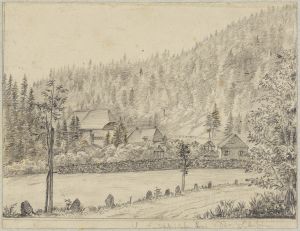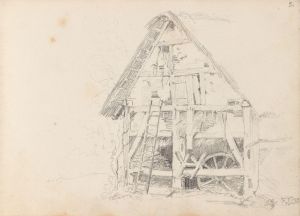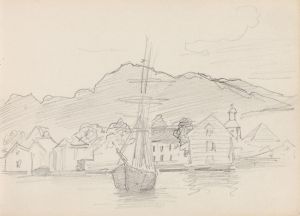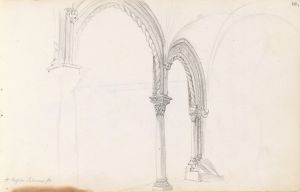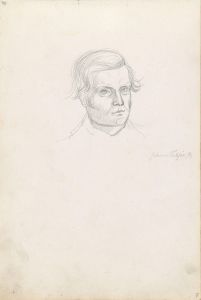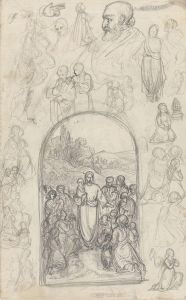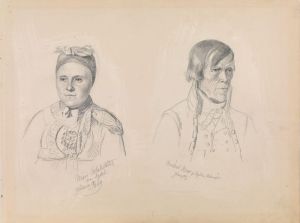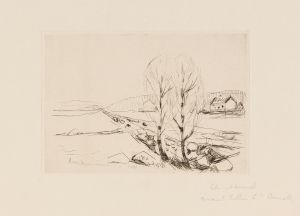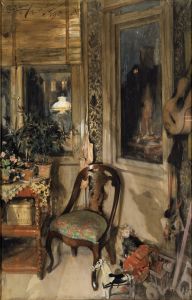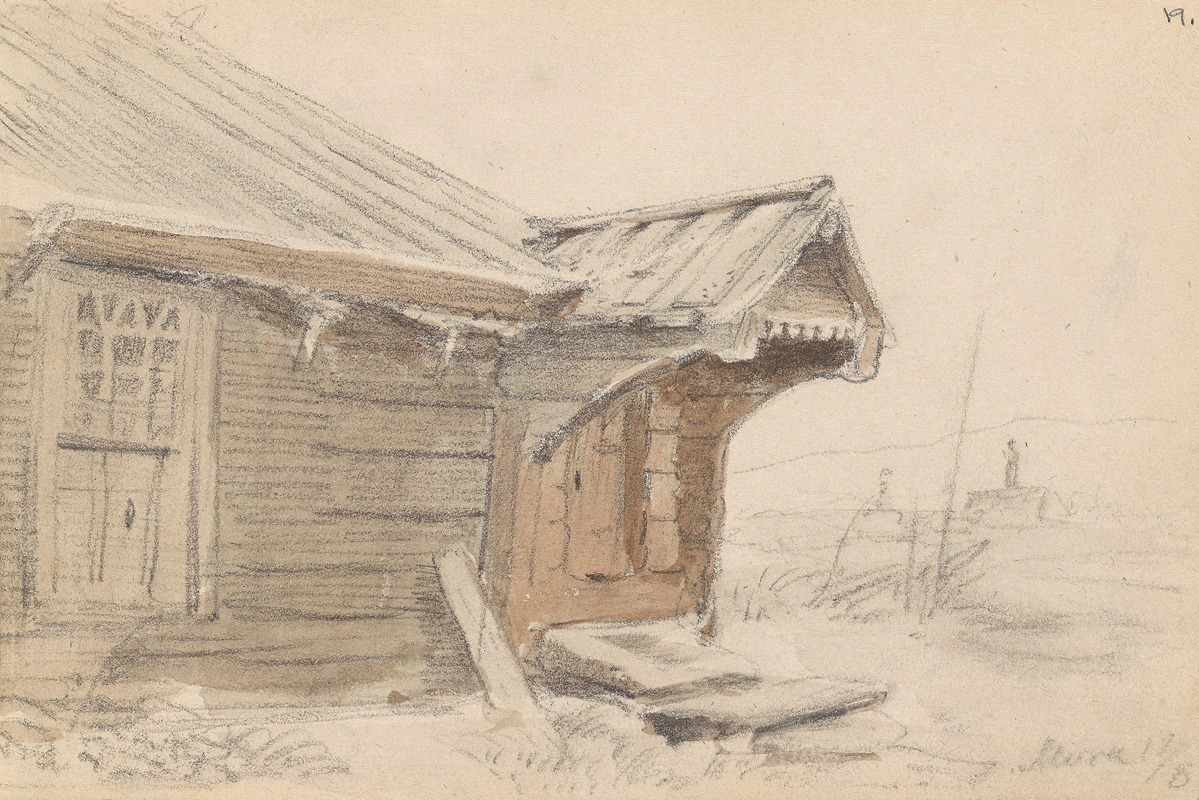
Stue, Mora
A hand-painted replica of Adolph Tidemand’s masterpiece Stue, Mora, meticulously crafted by professional artists to capture the true essence of the original. Each piece is created with museum-quality canvas and rare mineral pigments, carefully painted by experienced artists with delicate brushstrokes and rich, layered colors to perfectly recreate the texture of the original artwork. Unlike machine-printed reproductions, this hand-painted version brings the painting to life, infused with the artist’s emotions and skill in every stroke. Whether for personal collection or home decoration, it instantly elevates the artistic atmosphere of any space.
"Stue, Mora" is a painting by the Norwegian artist Adolph Tidemand, who is renowned for his detailed and evocative depictions of Norwegian rural life and traditions. Adolph Tidemand was born on August 14, 1814, in Mandal, Norway, and he became one of the most significant painters in Norwegian art history. His works often focused on the everyday lives of Norwegian peasants, capturing their customs, costumes, and environments with great accuracy and affection.
The painting "Stue, Mora" is one of Tidemand's many works that illustrate the interior of traditional Norwegian homes. The term "stue" refers to a living room or a main room in a Norwegian farmhouse, and "Mora" likely refers to a specific location or a common name in Norway. This painting is part of Tidemand's broader effort to document and preserve Norwegian cultural heritage during a time of significant social and economic change in the 19th century.
In "Stue, Mora," Tidemand employs his characteristic attention to detail and realism. The painting typically features a domestic scene where the interior of the farmhouse is depicted with various elements that reflect the daily life and activities of the inhabitants. The composition often includes furniture, household items, and people engaged in routine tasks, all rendered with meticulous care to convey a sense of authenticity and intimacy.
Tidemand's work is notable for its ethnographic precision. He often traveled throughout Norway, sketching and studying the local customs and environments to ensure that his paintings were accurate representations of Norwegian life. His dedication to capturing the essence of Norwegian culture made his works highly valued both as art and as historical documents.
"Stue, Mora" is an example of how Tidemand's art serves as a visual record of 19th-century Norwegian rural life. His paintings are appreciated not only for their artistic quality but also for their contribution to the understanding of Norway's cultural history. Tidemand's ability to combine artistic skill with ethnographic detail has made his works enduringly popular and significant.
Adolph Tidemand's legacy is preserved in various museums and collections, including the National Gallery in Oslo, which houses many of his works. His paintings continue to be studied and admired for their historical and cultural insights, as well as their artistic merit.
Overall, "Stue, Mora" exemplifies Tidemand's commitment to portraying the Norwegian way of life with respect and accuracy, making it a valuable piece in the context of Norwegian art history.





